
Disability in individuals prevent them from being able to perform all activities of daily living. Apart isability in individuals prevent them from being from the obvious difficulties that affect the disabled, disability also affects their independence, education, employment and most of all their confidence. However, with the invention of medical devices that use assistive and adaptive technology, the lives of the disabled have improved over the last few decades immensely.
World Health Organization defines Assistive devices and technologies as those which primarily aim to serve its purpose to maintain or improve an individual’s function to and enhance one’s overall well-being. These devices are also used to help prevent impairments and secondary health conditions.
Adaptive technology on the other hand, is a type of assistive technology where existing tools are adapted for use by disabled individuals. One example of adaptive technology is the use of speech recognition system by someone who doesn’t have arms or the use of a special camera that follows the user’s eye movements instead of a computer keyboard.
This article will discuss on some of the devices that use Assistive technology, Adaptive technology and Medical devices that are helping disabled people to live a normal life.
1.Mobility Equipment
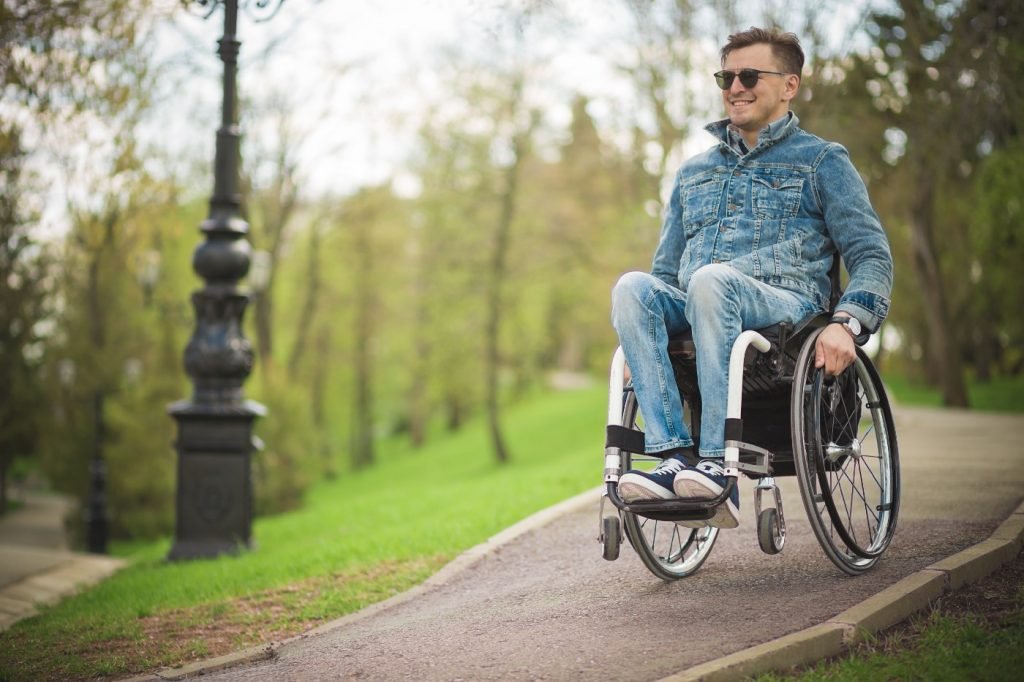
Mobility equipment such as scooters, walkers, canes, crutches, prosthetic devices, and orthotic devices use assistive technology to help those who are mobility impaired. Along with manually operated wheel chairs, there are wheel chairs in the market that are made out of lightweight materials and computerised software systems. Another mobility equipment that has begun to emerge, developed by the defense industry to help soldiers carry heavy loads, is the powered exoskeleton, which helps people to walk and stand who are mobility impaired.
2.Hearing Aids
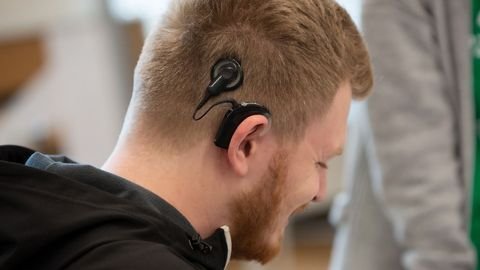
Hearing aids and Cochlear Implants are common examples of assistive technology that helps people who are partially or completely deaf. Depending on the damage the inner ear has sustained, a hearing aid helps in magnifying sound vibrations that enter the ear and converts them into neural signals that are passed along to the brain. Cochlear implants works in a different way than a hearing aid. Cochlear implants bypass damaged portions of the ear and directly stimulate the auditory nerve. Signals generated by the implant are sent by way of auditory nerve to the brain, which recognizes the signals as sound. Hearing through a cochlear implant is different from normal hearing and takes time to learn or relearn.
3.Visual Aids
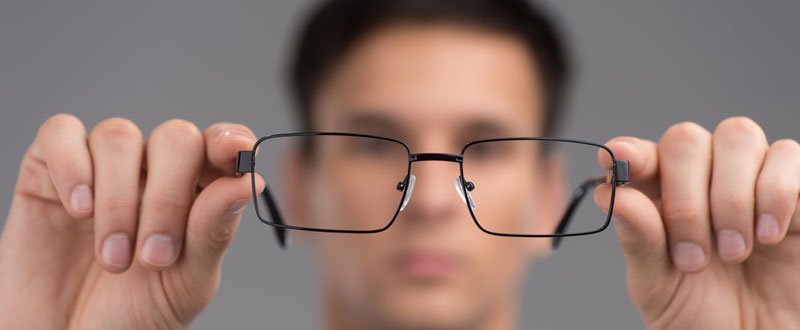
Currently there are not any devices similar to the hearing aids that would help the blind to see their environment. A walking cane for the blind is the only assistive device that helps them to feel the environment and sense any obstacles around them. However, with the use of assistive and adaptive technology, people with impaired vision are being able to sense environment by converting spatial information into data by using other senses. One such example is the refreshable electronic Braille display, which when connected to a laptop or a tablet, uses screen reading technology to convert digital files into Braille one line at a time onto a small device. Each Braille cell on the display creates a Braille version of the characters that appear on screen.
4.Cognitive Aids
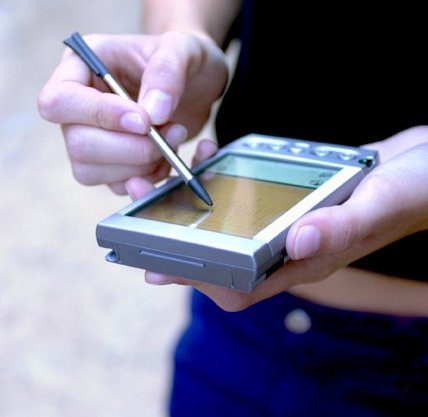
People with cognitive impairments have been using “Assistive Technology for Cognition” or “ATC” for their independence and life participation. ATC consists of certain low tech and mainstream devices such as electronic communication systems & kitchen devices etc. to help people with cognitive impairments. An example of ATC is when equipment with too many controls may confuse people with cognitive impairments, placing shields or colour codes on unneeded controls will help people to use the equipment with ease. Another example is the use of smart phones which has the ability to alert and remind people with cognitive impairments of tasks, memorize contact details of individuals etc.
5.Medical devices
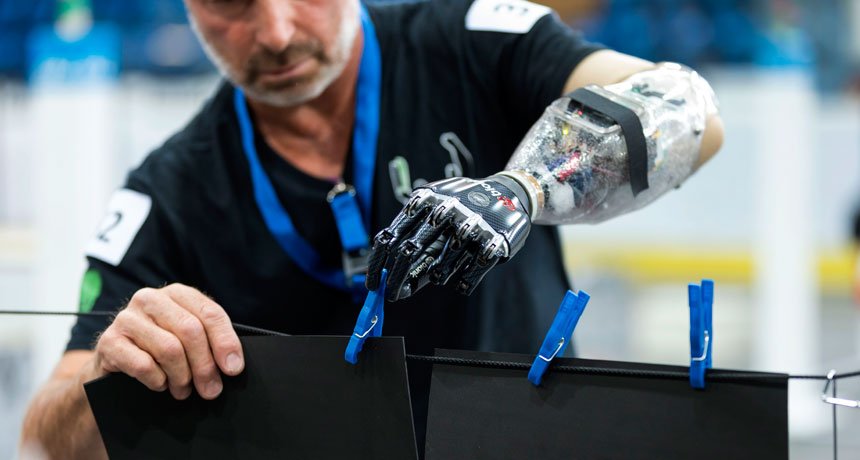
There are also several medical devices available in the market that act and function as a substitute for an organ or a body part that would support the body or of a physiological process. One such example of a medical device is the ‘Knee Replacement Implant made out of materials such as titanium or chromium that act as a knee joint. Knee replacement surgery becomes an option when your knees does not respond to medications or treatment. This is one of the most safest and effective orthopedic surgeries where the surgeon removes the surface of the bones that has been damaged by osteoarthritis and replaces the knee with an artificial implant.
Intraocular lenses is a medical device that replaces the natural eye lens during cataract surgery. These lenses are also used in a type of vision correction surgery called refractive lens exchange. Depending on the design of intraocular lens, there are lens that are spherical optical design, Toric soft contact lenses that are premium intraocular lenses as they match the shape of the natural eye lens. One can choose any type of intraocular lens based on the individual’s specific visual needs and their lifestyle.
6.Brain Computer Interface (BCI) technology
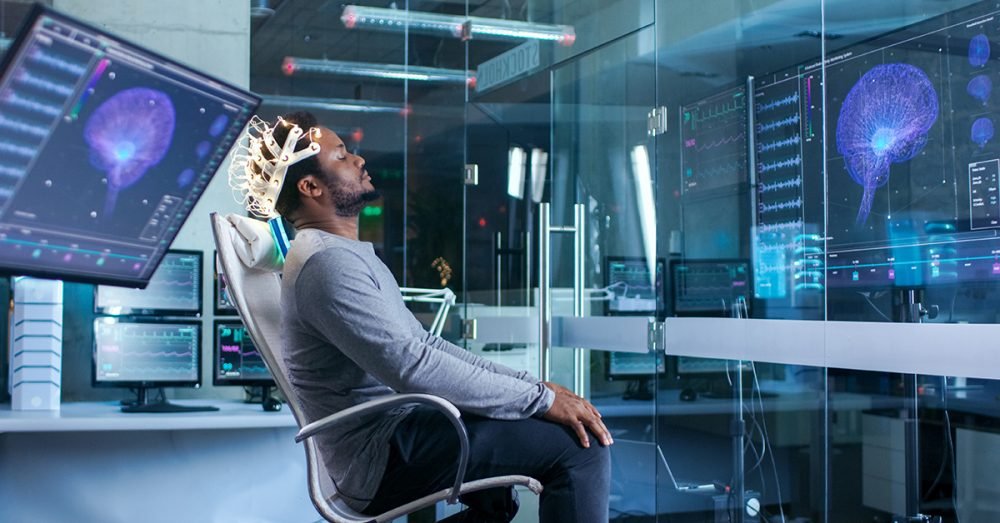
In June 2019, Researchers from Carnegie Mellon University in collaboration with University of Minnesota made a break through in the field of noninvasive robotic device control. The first ever successful mind-controlled robotic arm exhibiting the ability to continuously track and follow a computer cursor by using a noninvasive brain-computer interface (BCI) was developed by the researchers. Not too long ago, BCI had shown to achieve good results when controlling robotic devices using signals sensed from brain implants. However, since this require substantial amount of medical and surgical expertise to install the implant and considering the costs and risks associated to this procedure, this invasive procedure was limited only to few cases.
With the noninvasive robotic device control, it opens up to a broad set of applications especially benefiting the lives of people who are paralyzed or those with movement disorders. Carnegie Mellon University team reported that the technology also has applications that could help a variety of people, by offering safe, noninvasive “mind control” of devices that can allow people to interact with and control their environments.




